Wishing everyone happy holidays and a joyful New Year from the Healthify team. Don't forget to Slip, Slop, Slap and Wrap!
Grain foods
Grain foods and other sources of carbohydrate
Key points about grain foods
- Grain foods are an important source of carbohydrate in your diet, they give your body energy, help you to concentrate and fuel sports and exercise.
- Grain foods include bread, roti, rēwena, rice, pasta, noodles, oats, bulgur wheat, quinoa, crackers and breakfast cereals.
- Carbohydrate is also found in a wide range of other foods including milk, vegetables, fruit, legumes and many baked and snack foods.
- Whole grain foods such as brown rice, quinoa and whole grain bread are the best grain foods. They're high in fibre and contain vitamins and minerals such as B-vitamins, zinc and magnesium.
- Refined grains, including white bread, pasta and rice, have fewer nutrients and less fibre.
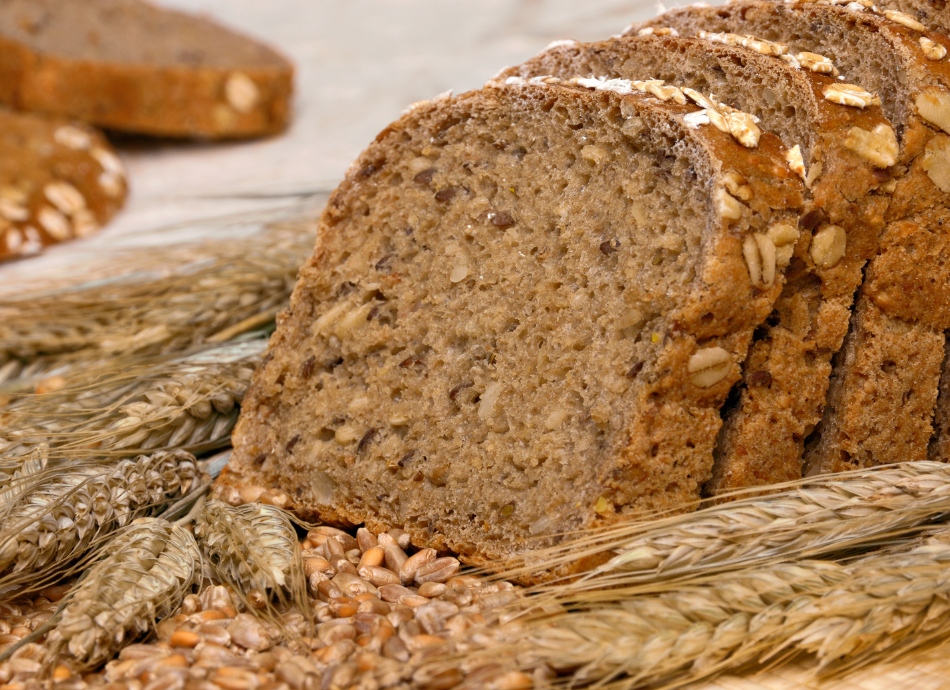
Carbohydrate is a macronutrient and one of the main sources of energy in our diet. When carbohydrate-containing foods are digested, they're broken down into glucose which is absorbed into your bloodstream. It's then transported around the cells of your body. It can be used straight away to fuel your current activity. If you have more glucose than you need, it's stored in your liver, muscles and cells so you body can use it later, or it's turned into fat.
There are 3 types of carbohydrates:
- Sugar is the simplest form and is found in table sugar, fruit, vegetables and milk products. It's also added to some processed foods, such as biscuits, sugary drinks and sweets.
- Starch is a complex carbohydrate that's broken down and digested more slowly than simple sugars. It's found in vegetables and grains.
- Fibre is also a complex carbohydrate found in fruit, vegetables, whole grains, legumes, nuts and seeds. It's recommended that women have at least 25 g and men have 30 g of fibre each day.
There are a wide range of foods naturally containing carbohydrate including grain foods, milk, vegetables (potato, kūmara etc), legumes and fruit. There are also many packaged and processed foods that have carbohydrate (sugar or starch) added during food production, such as breakfast cereals, snack foods, sugary drinks, biscuits, sauces.
Examples of foods containing carbohydrates are:
- grain foods (eg, bread, pasta, rice, cereals)
- starchy vegetables (eg, potato and kūmara)
- fruit
- legumes (baked beans, peas, chickpeas, lentils)
- milk and yoghurt
- sugar (table sugar and honey)
- sweet foods (cake, biscuits and muesli bars)
- sauces and condiments.
Whole grain and high fibre grain foods such as brown rice, barley, bran, oats, quinoa, bulgur wheat, whole grain breads and wholemeal flours are best to eat on a regular basis.
These foods are the best source of carbohydrate because they contain more dietary fibre, vitamins (B vitamins) and minerals (zinc, magnesium) than refined carbohydrate foods such as white bread, rice and pasta. Other processed foods such as biscuits, sugary cereals and many snack foods provide carbohydrate.
Eating whole grain and high-fibre grain foods is linked with a lower risk of heart disease, type 2 diabetes, weight gain and some cancers, such as bowel cancer.
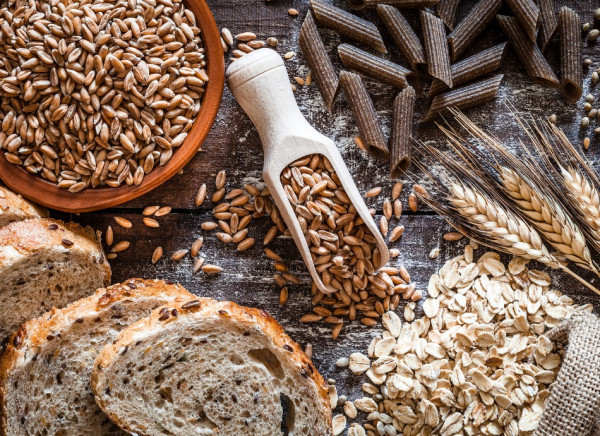
Image credit: Canva
The amount you need to eat each day depends on your age and gender, but it may also depend on the amount you exercise and whether you have any health conditions such as pre-diabetes or type 2 diabetes where you need to be extra careful of your carbohydrate intake.
Serving recommendations
Below is the number of serves of grain foods recommended each day according to your age, gender or stage. Extra servings might be needed for taller or more active adults.
Tamariki
All – 1 to 8 years: 4 serves
Boys – 9 to 11 years: 5 serves
Girls – 9 to 11 years: 4 serves
Boys – 12 to 13 years: 6 serves
Girls – 12 to 13 years: 5 serves
All –14 to 18 years: 7 serves
Adults
Men – 19 to 70 years: 6 serves
Men – over 70 years: 4.5 serves
Women – 19 to 50 years: 6 serves
Women – 51 to 70 years: 4 serves
Women – over 70 years: 3 serves
Pregnancy and breastfeeding
Pregnant people: 8 serves
Breastfeeding people: 9 serves.
A single serving
- 2 breakfast wheat biscuits.
- ½ medium whole grain bread roll or 1 slice of whole-grain bread.
- ½ cup of cooked porridge/rolled oats or ¼ cup of muesli.
- ½ cup of cooked pasta, brown rice, noodles, barley, buckwheat, semolina, polenta, bulgur or quinoa.
- 3 (35 g) wholegrain crispbreads or crackers.
- It’s easy to overload your plate with carbohydrate foods which can mean you miss out on filling it with other whole foods such as vegetables.
- What's most important, is the quality and type of grain foods and balance alongside all the other foods you are eating.
- When serving up your meals, divide your plate into quarters and have no more than a quarter of it filled with grain foods or starchy vegetables. Examples include kūmara, potato, rice, taro, yam, pasta, grains, green banana, noodles or bread (eg 1 to 2 slices).
- Think of a carbohydrate portion as the size of your closed fist. A portion for a child is smaller than a portion for an adult.
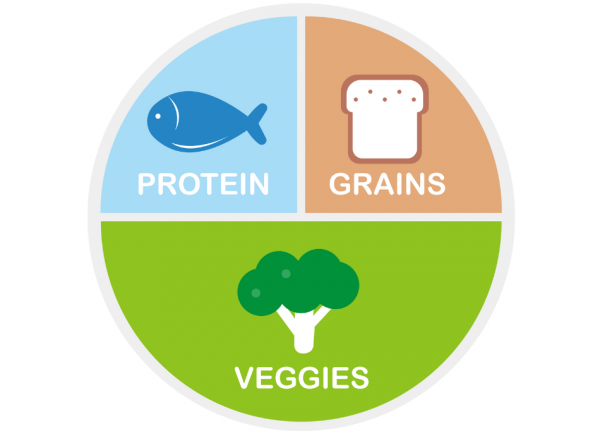
Image credit: Canva
Low-carbohydrate diets involve restricting the amount of carbohydrate and grain foods you eat.
There are parts of a lower carb diet that many people could benefit from, such as eating fewer refined carbohydrate foods (eg, muffins, biscuits and white pasta) and eating more non-starchy vegetables. However, cutting out whole food groups, without a medical reason isn't normally necessary.
It’s best to talk to your healthcare provider or a dietitian if you're considering following a very low carbohydrate diet.
- Choose whole grains that are unrefined and close to their natural form. Examples include rolled oats, brown rice, barley, bulgur wheat, quinoa, millet, buckwheat.
- Make simple and affordable swaps:
- rice bubbles to oats or muesli
- white bread to whole grain bread (or try 1 slice of each)
- white rice to brown rice, barley or quinoa
- water crackers to whole grain crackers
- white flour to whole grain flours such as wholemeal flour
- white bread roll to a multigrain bread roll
- white pasta to wholemeal pasta.
- Base at least 1 meal a day around a whole grain. For example, breakfast is a great time to use rolled oats or to have toasted whole grain bread.
- Use whole grains in your baking. Choose recipes with oats, buckwheat, millet, bran or wholemeal flour.
- Cook extra whole grains to save time later. Cool quickly and freeze portions for later use. They can then be used as the base of your next meal.
- Look at the ingredient list when shopping for food products. A whole grain food product will have whole grains listed near the beginning of the ingredients list. Look for oats, whole wheat, whole grain, bran, barley, rye, buckwheat, quinoa and oatmeal in the ingredients list.
Carbohydrates that break down quickly during digestion have a higher glycaemic index. These high GI carbohydrates, such as a baked potato, release their glucose into your blood quickly.
Carbohydrates that break down slowly, such as oats, release glucose gradually into your bloodstream. They have low glycaemic indexes. The blood glucose response is slower and flatter. Low GI foods slow down digestion due to their slow breakdown and may help with feeling full.
- Low GI (less than 55) – examples include soy products, kidney beans, chickpeas, apples, pears, grapes, kiwifruit, milk, yoghurt, pasta, grainy bread, porridge (oats).
- Medium GI (55 to 70) – examples include basmati rice and wholemeal bread.
- High GI (greater than 70) – examples include potatoes, white bread, short-grain rice, honey and breakfast cereals such as puffed rice and cornflakes.
Note that most foods are eaten as part of a meal, and this affects the GI value of foods. For example, eating cornflakes (a higher GI food) with milk (a lower GI food) will reduce the overall effect of the cornflakes and milk meal on blood glucose levels.
If you have diabetes, knowing about the glycaemic index of different foods can help you manage your blood glucose levels. Read more about the glycaemic index, and if you would like to find out the GI of a particular food you can look it up on the database at www.glycemicindex.com.(external link)
Brochures
Healthy heart visual food guide poster(external link) Heart Foundation, NZ
Food portions(external link) Heart Foundation, NZ
Behind the hype – carbohydrate factsheet(external link) Health Promotion Agency, NZ
Carbohydrates explained [PDF, 468 KB] Western Bay of Plenty PHO, NZ
Healthy plate model (gallery)(external link) Diabetes New Zealand, available in English, te reo Māori, Samoan, Tongan, Hindi, Chinese, Pujabi, Cook Islands Māori
The healthy plate model [PDF, 3.3 MB] Dietitians NZ
Carbohydrate basics(external link) Dietitians NZ
References
- Eating and activity guidelines for New Zealand adults(external link) Health New Zealand | Te Whatu Ora, 2020
- Wholegrains and the heart – position statement(external link) Heart Foundation, NZ, 2018
- Glycemic index(external link) Glycemic Index Research and GI News, University of Sydney, Australia
- Six tips to eat more whole grains(external link) Heart Foundation, NZ, 2018
- Carbohydrates and the glycaemic index(external link) Better Health Channel, Australia
- Diabetes and healthy food choices(external link) Diabetes New Zealand, 2019
- Type 2 diabetes management guidelines – healthy eating and weight loss(external link) New Zealand Society for the Study of Diabetes
Brochures
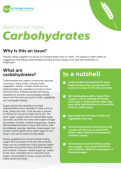
Health Promotion Agency, NZ, 2022

Western Bay of Plenty PHO, NZ
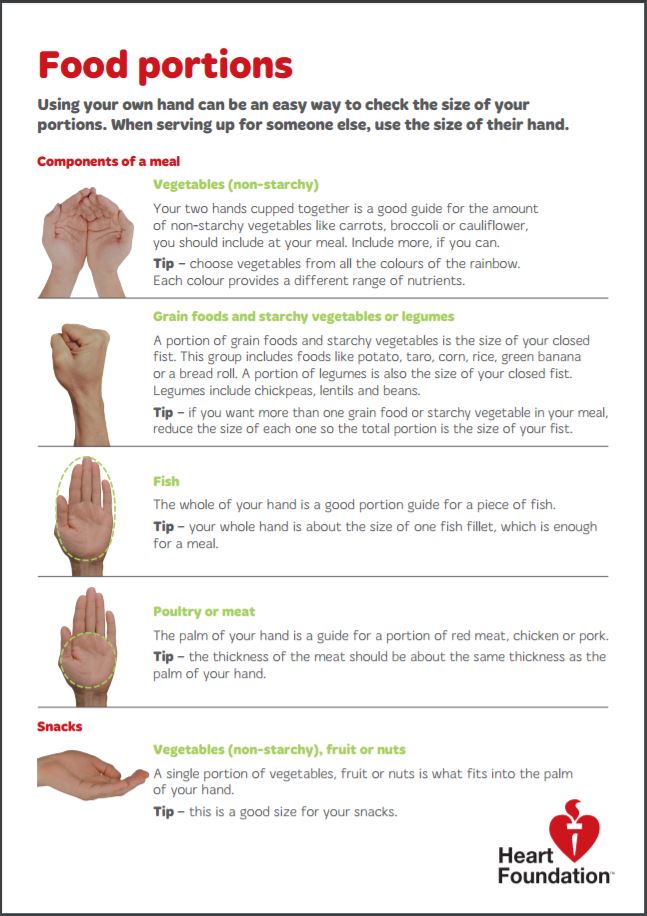
Heart Foundation, NZ
Credits: Healthify editorial team. Healthify is brought to you by Health Navigator Charitable Trust.
Reviewed by: Lily Henderson, Registered Dietitian
Last reviewed:





